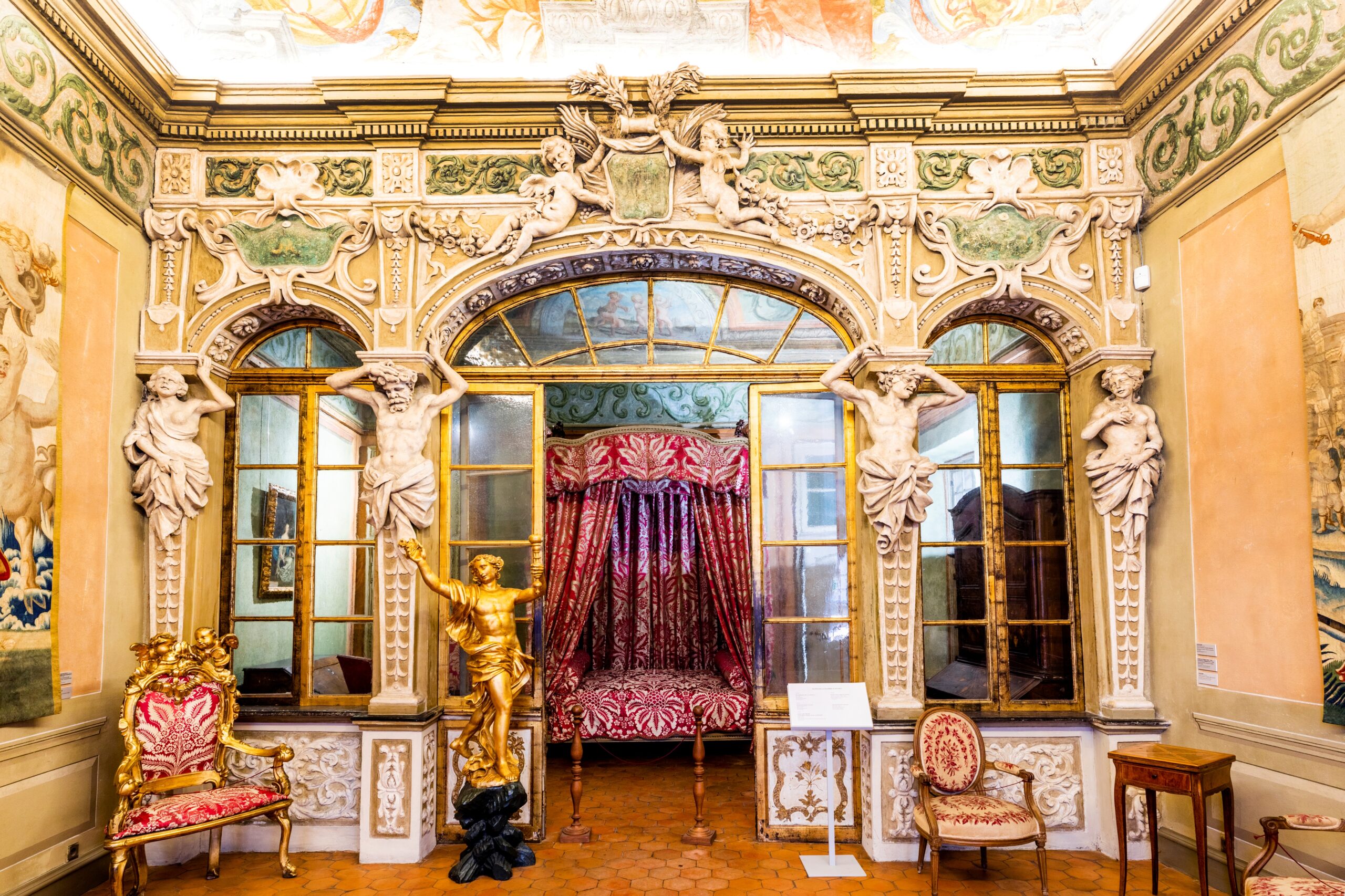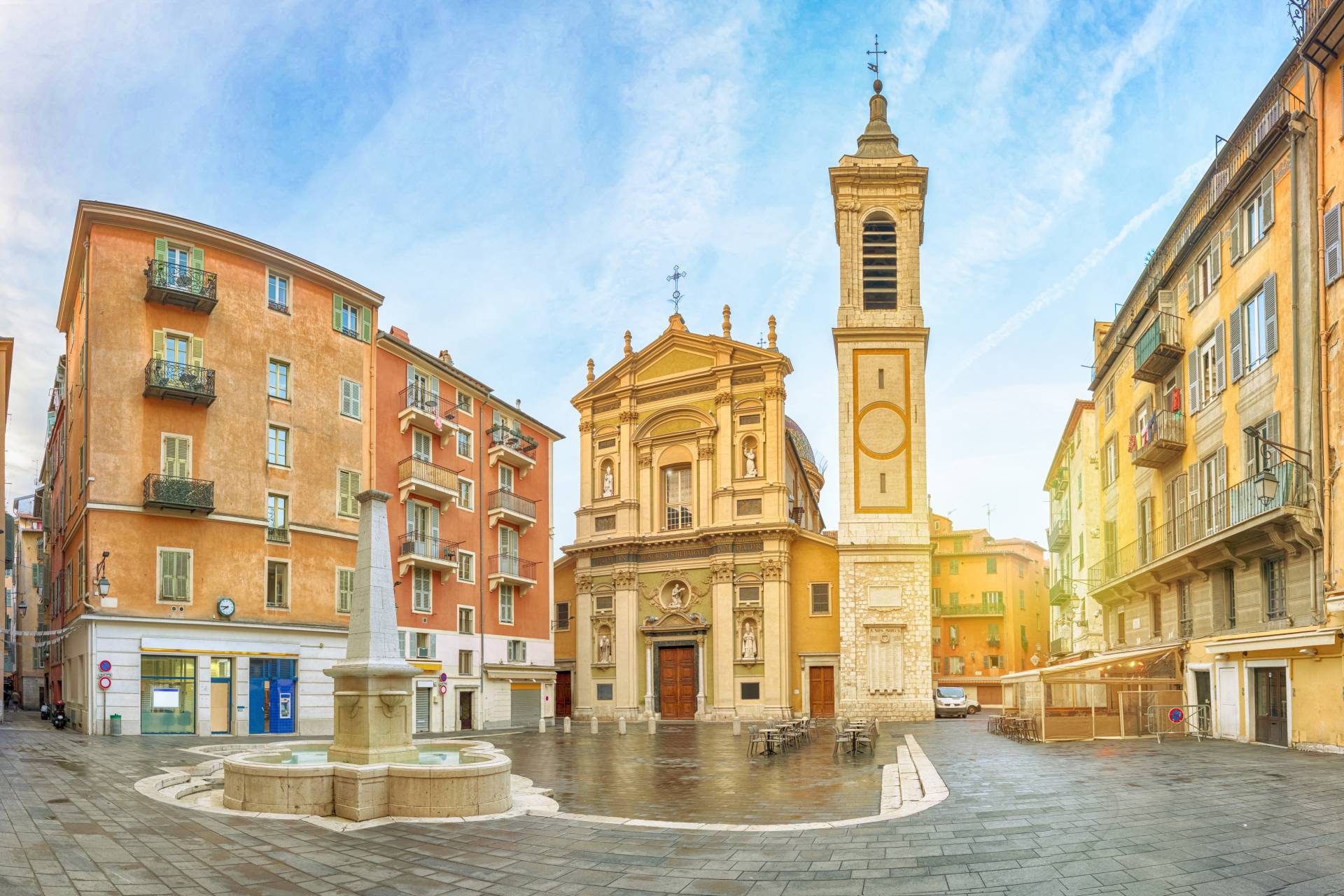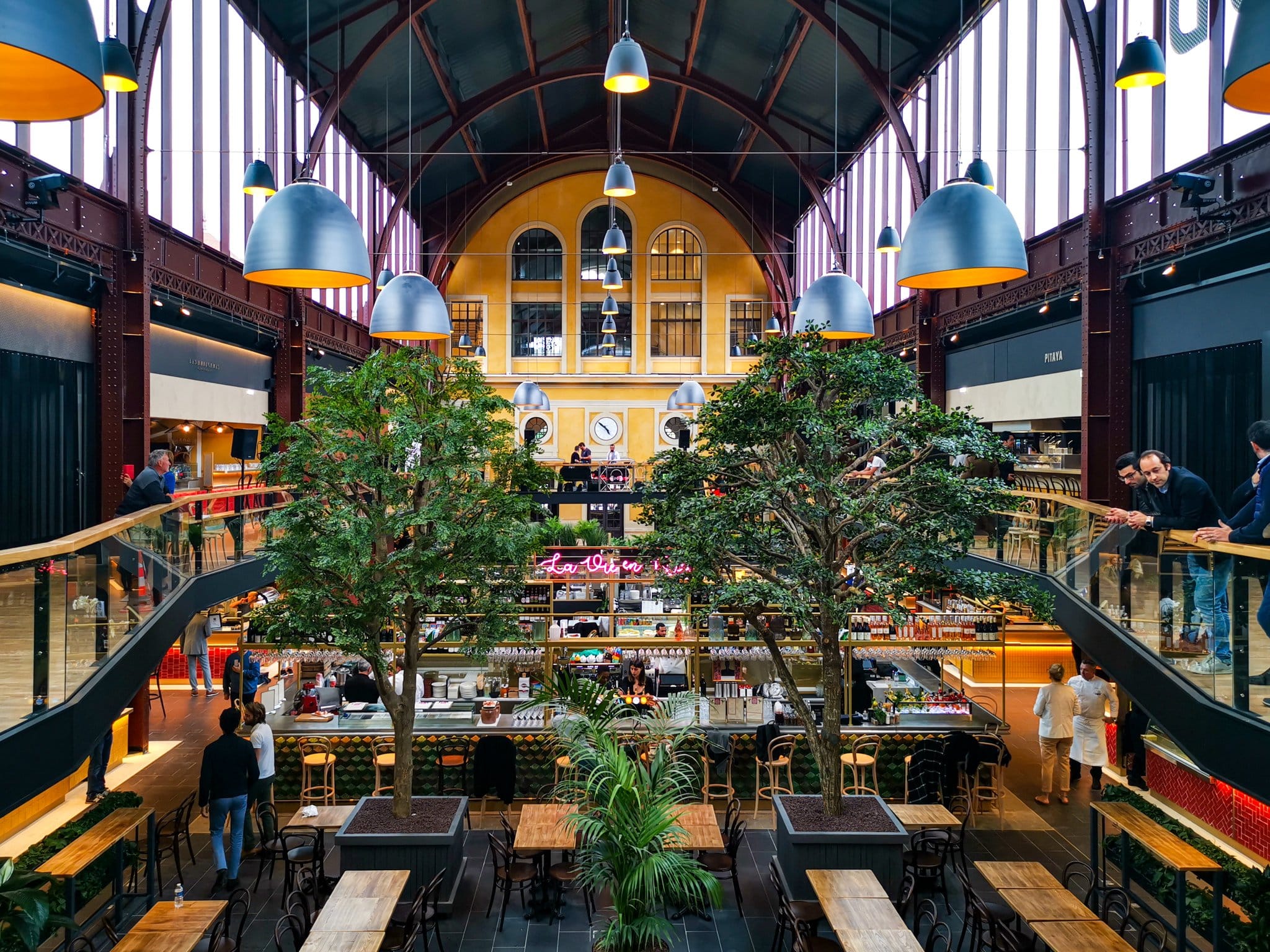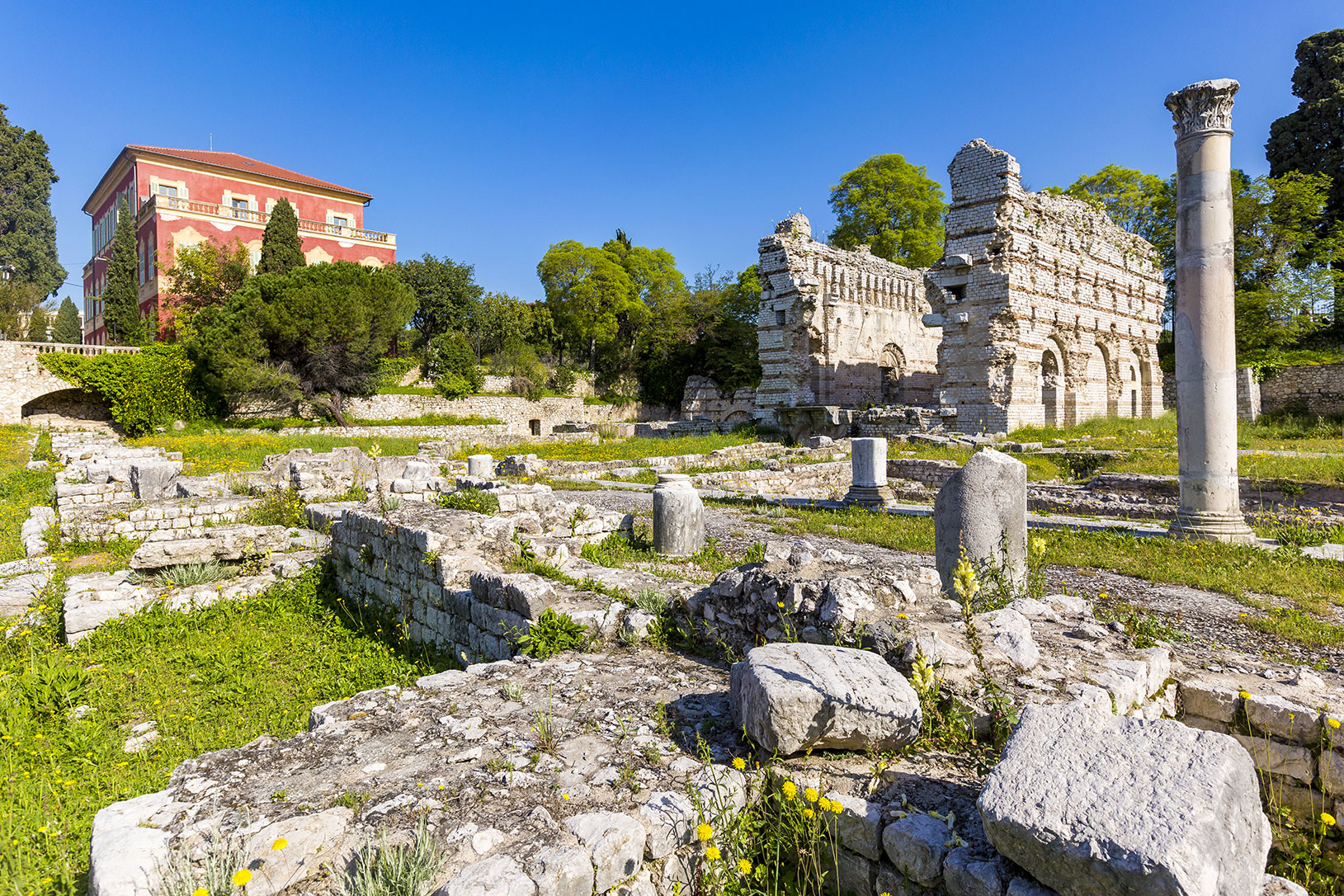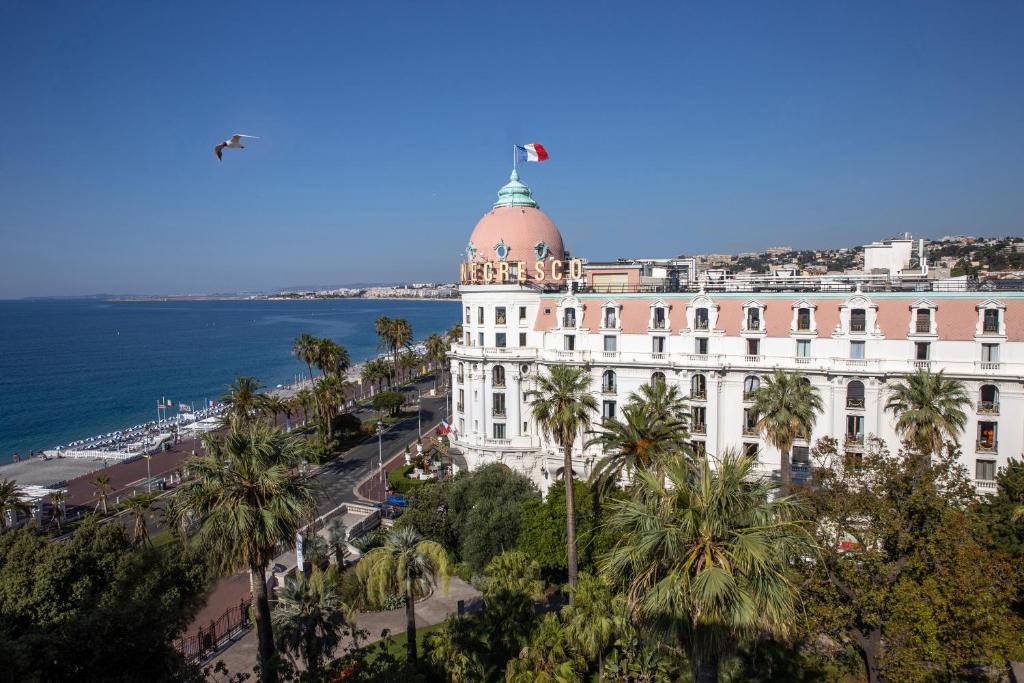This name comes from the Lympia spring which fed a small lake in a marshy area where work on the port3 began in the middle of the 18th century. Today it is Nice’s main port facility. There is also a small port in the Carras district.
History
The port in the 18th century.
In the 17th century, several projects already included the port and its district in the marshy area of the Lympia valley as an urban expansion project. The first4 by Maurizio Valperga arranges the port with an ellipse-shaped basin. The second of Amedeo di Castellamonte plans to divert the Paillon towards the plain of Lympia by isolating the port from the existing city. The last anonymous where the Paillon does not move and connects the port by routes to the Porte Pairolière anticipating the future axes Ségurane and Cassini.
In 1748, King Charles-Emmanuel III decided to create the future port of Nice in the area known as the Lympia valley, at the foot of the old citadel. Its construction took place over more than a century and a half. The first crate5 of the outer mole was submerged on July 22, 1750 and the first phases of work were attributed to Antonio Devincenti. In 1761, the digging of the first of the two basins was well advanced and the mole was extended to a hundred and ten meters in length. In 1770, the rock was dug on the southern slope of the Château to establish the rue des Ponchettes which linked the town to the port in 1772. The inner mole was completed in 17926, as was the Carénage spur built at the head of the mole, the west of Lazaret beach, but the digging is incomplete and all the quays have yet to be built. At the same time, the engineers realize that the port is too narrow. As a result, from 1778 to 1840, the annexed project of the port and its district progressed constantly, while the basin was already in operation. Successive plans7 by the architects Filippo Nicolis, Comte de Robilant (1723-1783) in 1778-1780-1786, Antoine Verani in 1791, De Molliere in 1792, Caravadossi in 1804 introduce over the projects the idea of a composition symmetrical with a monumental rectilinear basin.



